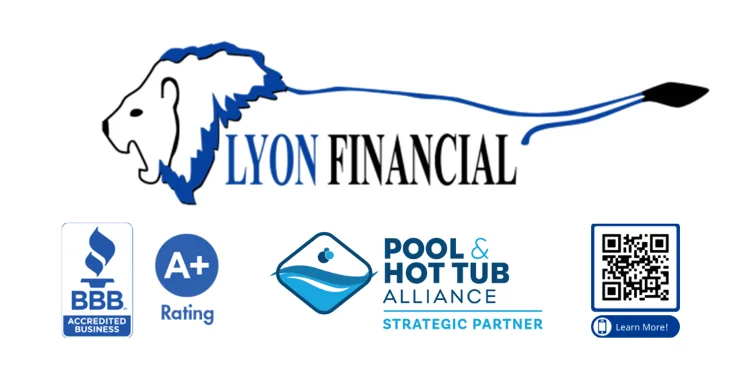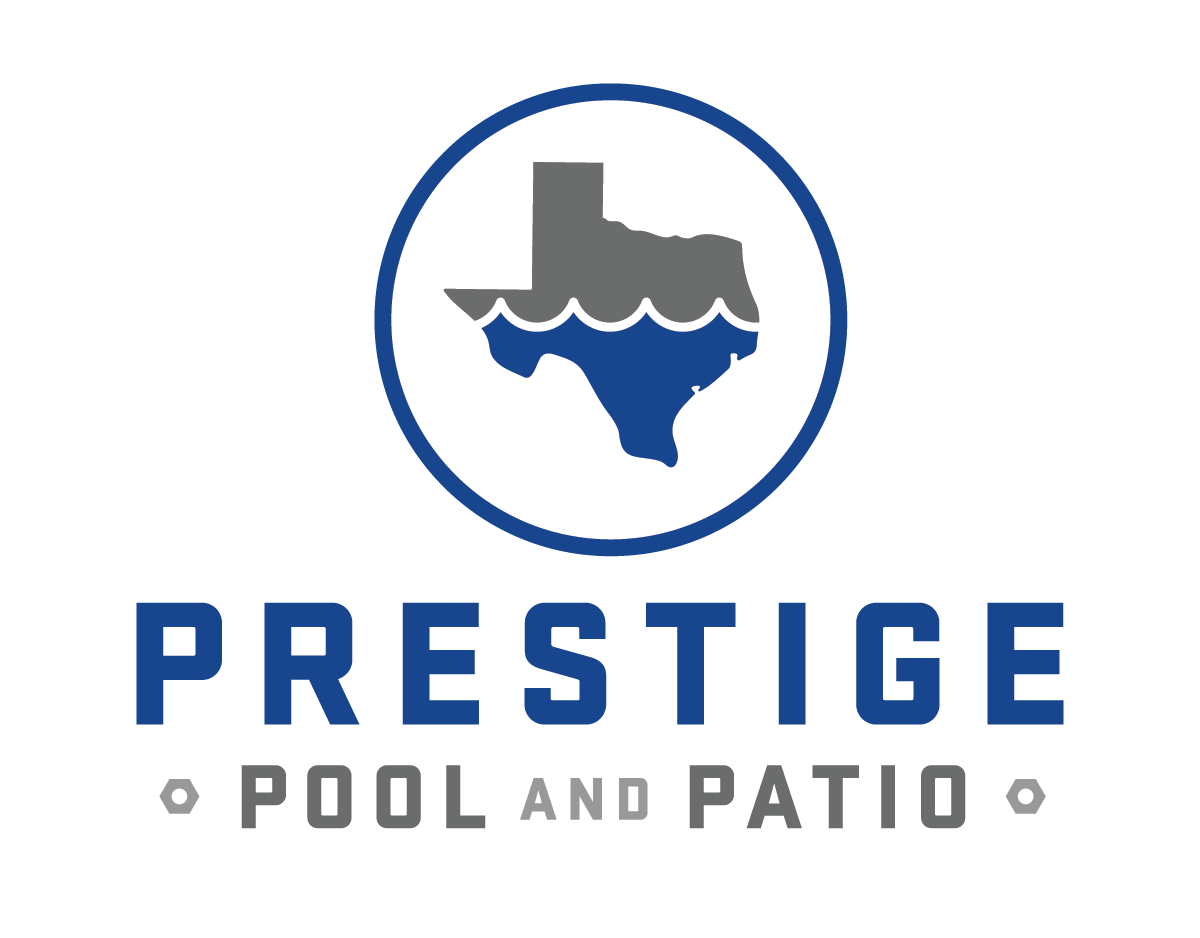Once you’ve approved the design and submitted the deposit, we kick off the permit application process. Securing permits from utility companies, your city, and HOA typically takes around 4 weeks. Once all necessary permits are secured, we’ll swiftly queue up for excavation to get your project underway.
Visit our showroom in Frisco, TX for a complimentary estimate and personalized consultation on financing options tailored to your needs.

Explore an extensive range of outdoor living furniture at Prestige Pool and Patio, where we now provide enhanced financing solutions to bring your dream outdoor space to life. Discover more about our outdoor living financing options by clicking the link below or visit our Frisco, TX showroom to speak with one of our knowledgeable consultants.




Fill out this form to express your interest in joining our team. Let’s create unforgettable outdoor experiences together at Prestige Pool and Patio!
As a part of our team, you’ll have the opportunity to work on cutting-edge projects, collaborate with talented professionals and make a real impact in the lives of our clients. Whether you’re skilled in pool design, construction, landscaping, service & maintenance, customer service or project management, we’re looking for dedicated individuals who share our commitment to excellence.
A: The topic of chlorine vs. saltwater sanitation has always been a controversial and widely debated topic across the pool industry. Which is better? Ultimately, this comes down to a matter of preference. Don’t let the phrase “saltwater” mislead you – saltwater pools use electrolysis to generate a natural form of chlorine to sanitize the water in your pool. So, is saltwater better than chlorine? We’ll cover the facts and let you be the judge.
Chlorine Usage:
One major benefit of having a saltwater pool is that it uses modern technology to naturally generate chlorine. With a salt system, so long as the salt level in the pool is kept in the ideal range, the system will naturally generate chlorine to sanitize the water. This creates a steady stream of chlorine into the pool water all the time, helping to eliminate the excessive chlorine usage or waste.
With a chlorine pool, the pool must be sanitized on a regular and frequent basis to kill bacteria in the pool and prevent algae. This means regular and frequent testing of the water chemistry to determine the current level of chlorine, and some basic math to determine how much chlorine to add. Often times we find that the average consumer uses much more chlorine than is actually necessary.
Cost:
Hands down, the initial investment of a salt system is much more expensive than the cost of a chlorine pool. An average salt system will cost a consumer between $1500 and $2500. To add an inline chlorinator to a swimming pool should cost roughly $150. From there are the concerns of periodic maintenance. The salt cell should be cleaned every 3 months, or 500 hours of run time. It’s a pretty simple process, however cleaning the salt cell requires the use of muriatic acid. To pay a company for this routine maintenance will typically cost between $50 and $100.00. There is no periodic maintenance required for a chlorine pool in regards to the chlorination process.
With a saltwater system, like any electronics, there will be parts that fail over time. The average life expectancy for a salt cell is 5 years. Sometimes we’ll see a shorter life, but rarely does a consumer get more than 5 years out of the cell. To replace the salt cell generally runs between $750 and $1000. The cell isn’t the only electronic component of the salt system. There’s also the power center/control board which is the brains of the system. A replacement control board can cost as much to replace as the salt cell and sometimes even more. The last main component of the salt system is the flow sensor. This sensor acts as an on/off switch for the system, so that it doesn’t try to generate chlorine without water flow through the cell. We frequently replace these sensors due to damage to the cord either from landscape crews, or rodents who like to chew on them. A replacement flow switch typically runs $250 – $350.
Corrosion:
The greatest downfall of a saltwater system is the fact that salt is highly corrosive. Homes with saltwater pools in the backyard will notice calcium buildup on the windows, and rusting of any metal furniture. It can also result in damage to the pool’s equipment. Saltwater is so corrosive it will even result in corrosion of any concrete, natural stone, or travertine around the pool.
A: This is a very common question we receive, especially from new pool owners. The answer – It depends on the pool, and on the type of cleaner in your pool.
Two Main Types of Cleaners:
There are two main types of pool cleaners as far as functionality is concerned. The most common and functional type is a pressure based cleaner. These cleaners utilize a booster pump to supply water pressure to the cleaner, and the venturi principle allows the cleaner to pick up debris into an attached bag. With a pressure based cleaner the pump can be set to run a specified time each day. On average, a pressure cleaner takes 3-4 hours to cover the entire floor of the pool.
The second type of cleaner is a suction based cleaner, where the movement of the cleaner is created by suction of water through the pump. On a suction side cleaner, the user cannot regulate the amount of time the cleaner can run, as it will run anytime the pool pump is running.
Pressure Cleaner Run Time:
Back to the initial question at hand, how long should your cleaner run each day? We already know that the cleaner can cover the entire pool in 3-4 hours. This is typically plenty of run time, aside from during the fall season. If the backyard contains lots of vegetation that will shed during the fall, it may be ideal to run the cleaner longer each day. In this scenario, the cleaner bag may fill up faster than the leaves are falling in the pool. During this peak workload, it is ideal to empty the cleaner daily, and from there you can trial and error the run time to make sure the pool floor stays debris free.
A: If you’ve noticed that your elevated spa is draining down to the level of the pool while the pool equipment is not running, you’re experiencing the classic signs and symptoms of a bad check valve. A check valve, also known as a one-way valve, is designed to prevent gravity from forcing the water in your spa back through the system and into the pool. If you experience the spa draining at night or while the equipment is not running you likely have debris stopping the spring loaded flap from closing properly OR the seal on the flapper valve has been compromised.
While the pool pump is running the symptoms of a bad check valve are masked because the pool pump is forcing water through the plumbing and into the spa. Typically the spa has a spillway back down to the pool, allowing for proper water circulation. When the pump shuts off, if the check valve has failed it will allow the water to drain back into the pool. From there all the excess water in the pool will run out the overflow drain (if equipped).
There are many different types of check valves, but they all operate on the same basic principles. While the pump is running there is enough water pressure that the spring loaded valve is forced open, allowing the water to flow through the valve. Then, once the pressure from the pump stops, the valve’s spring closes, sealing the water into the spa and preventing water loss. Over time the spring mechanism or the actual seal can fail. At this point the valve needs to be replaced. Generally these valves are designed so that you can replace the internal components only, so no plumbing should be required.
Many pool equipment systems contain multiple check valves, so it is important to understand the water flow through the equipment when looking to diagnose this issue. Often times we replace the internals of all the check valves in the system to prevent making multiple service trips.
A: There are many variables that are taken into consideration when trying to determine how long a pool should run during the day.
What is the size of the pool?
Ultimately, the pool run time is based on how long it takes the pump to turn over and filter the entire body of water. Larger pools will need to run longer during the day to achieve proper filtration than smaller pools with less water. It is ideal to filter the entire body of water twice each day.
What is the outdoor temperature?
In the heat of the summer it is necessary to filter the entire body of water more frequently than in the dead of winter. As a general rule of thumb, we recommend running the pool’s filter pump one hour for every 10 degrees in temperature. For example, in July the temperatures in the Dallas area frequently reach 100 degrees. We recommend a minimum of 10 hours of run time each day, and it is ideal to run the pump during the heat of the day. During the winter time it is not necessary to turn over the body of water as frequently, as the temperatures to not cause the same bacteria growth as the summer heat. We do however recommend a minimum of 4-5 hours per day in the winter time.
What size is the pool pump?
The size or horsepower of the pump will also be a determining factor in how long the pump should run each day. A smaller or lesser horsepower pump will not move the same volume of water as a larger pump, thus requiring a longer run time to filter the same amount of water. This question of how long to run the pool can become even more complex if your pool is equipped with a variable speed pump. Is the pump running on low speed or on high speed?
How often is the pool used and by how many people?
During the swim season it may be necessary to run the filter pump longer while the pool is in use. The bather load will directly affect the water chemistry, and usage will introduce bacteria and other substances into the pool. For this reason it is always recommended that the filter pump is run while the pool is in use. Is there a family of four who is using the pool once each week or on the weekends, or is the pool consistently occupied by 10 or more people? Some of our commercial accounts have pools with a max load of 200 persons and require a 24 hour a day pump run time.
Overall, the pool run time is determined by taking into account all of these variables. From there, make an educated decision. If you notice that the pool is having clarity issues, use a trial and error method and increase the pool run time gradually to fine a run time that works for you.
